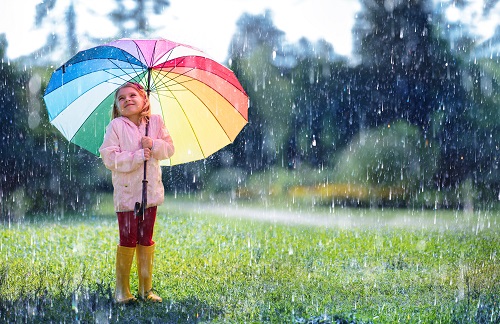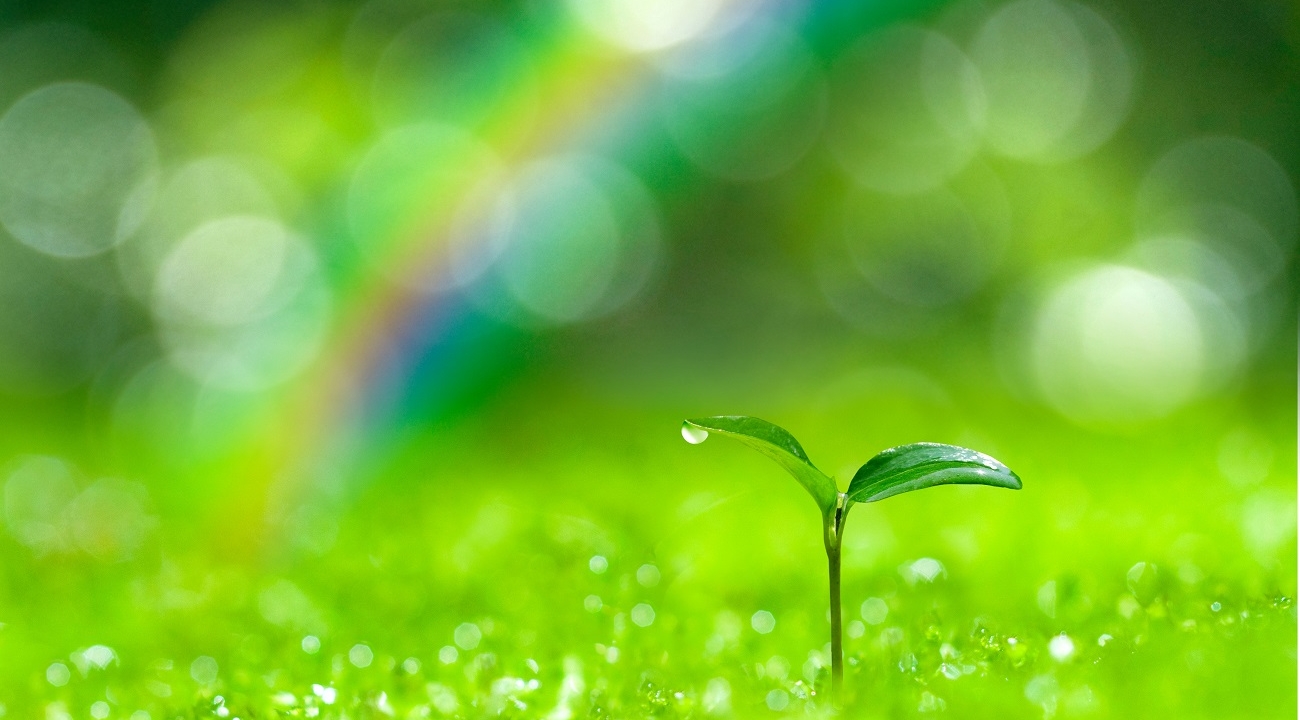Table of Contents:
1. What is the Rainy Season?
2. Rainy Season in the Chugoku-Shikoku Region
3. Travel Tips for Enjoying the Rainy Season
4. Rainy Day Attractions in the Chugoku-Shikoku Region
5. Conclusion

1. What is the Tsuyu?
The rainy season, known as “tsuyu” in Japanese, is a period of prolonged rainfall that occurs in early summer. It typically lasts from late May to mid-July, characterized by humid and muggy weather. While this season brings frequent rain, it also offers a unique opportunity to experience Japan’s nature and culture.
2. Rainy Season in the Chugoku-Shikoku Region
The rainy season in the Chugoku Shikoku region has the following characteristics:
Start: Around June 5th on average
End: Around July 18th on average
The table shows the average monthly rainfall and temperature in the Chugoku-Shikoku region throughout the year.
As you can see, rainfall is particularly heavy in June and July, which corresponds to the rainy season. Temperatures also rise during this period, increasing humidity. However, the rainy season in the Chugoku-Shikoku region is relatively short and tends to have less rainfall compared to other regions. The increase in rainfall in September is due to the typhoon season.
Use this climate data to plan your trip. With proper preparation, you can still enjoy your visit even during the rainy season.

3. Travel Tips for Enjoying the Rainy Season
To make the most of your Japan trip during the rainy season, consider these helpful tips:
1. Rain gear is essential
– Bring a compact folding umbrella. You can also purchase one at convenience stores in Japan.
– Lightweight raincoats or ponchos are also useful.
2. Choose appropriate clothing
– Select clothes made from quick-drying and breathable materials.
– Pack multiple layers of thin clothing for versatility.
3. Footwear preparation
– Treat your shoes with waterproof spray for added protection.
– Consider bringing sandals or waterproof shoes.
4. Protect your electronic devices
– Prepare waterproof cases for your smartphone and camera.
– Small waterproof bags are great for protecting valuables.
5. Plan indoor activities
– Make a list of rainy day attractions like museums, art galleries, and hot springs.
– Consider uniquely Japanese rainy day experiences (e.g., tea ceremony, wagashi making).
6. Health management
– Stay hydrated, as humidity levels are high.
– Using dehumidifiers or portable fans can help maintain comfort.
7. Check transportation options
– Regularly check for public transportation delays.
– Download taxi apps for convenient transport during sudden downpours.

4. Rainy Day Attractions in the Chugoku-Shikoku Region
1. Hiroshima Prefecture: Hiroshima Peace Memorial Museum
An indoor museum within the World Heritage-listed Peace Memorial Park, where you can learn about the history of the atomic bomb and the importance of peace.
2. Okayama Prefecture: Kurashiki Bikan Historical Quarter
A historic district with beautiful white-walled buildings, offering a unique atmosphere on rainy days.
3. Yamaguchi Prefecture: Shuhodo Cave
One of Japan’s largest limestone caves, maintaining a constant temperature year-round, making it comfortable to visit even on rainy days.
4. Shimane Prefecture: Matsue Vogel Park
A facility featuring about 90 species and 400 birds, along with 1,500 varieties of flowers. Mostly indoors, it’s perfect for rainy day visits.
5. Tottori Prefecture: The Sand Museum
The world’s only museum dedicated to sand sculptures, an indoor facility unaffected by weather.
6. Tokushima Prefecture: Otsuka Museum of Art
An all-weather museum featuring life-sized ceramic reproductions of about 1,000 Western masterpieces.
7. Kagawa Prefecture: Shikoku Aquarium
Opened in 2020, this new aquarium focuses on the Seto Inland Sea ecosystem. As an all-weather facility, it’s enjoyable even on rainy days.
8. Ehime Prefecture: Dogo Onsen
One of Japan’s oldest hot springs, perfect for a relaxing soak on a rainy day.
9. Kochi Prefecture: Kochi Castle
One of the twelve original castles remaining from before the Edo period, offering indoor exhibits to enjoy on rainy days.
These attractions represent the best of each prefecture and can be thoroughly enjoyed even in rainy weather. They offer excellent opportunities to experience the culture, history, and nature of the Chugoku-Shikoku region regardless of the weather conditions.


5. Conclusion
While the rainy season is a unique feature of Japan’s climate, with proper preparation, it can be a thoroughly enjoyable time. Embrace the distinctive scenery and experiences that rainy days offer, and discover a new side of Japan. The Chugoku and Shikoku regions have many attractions that can be enjoyed even in wet weather. Why not take this opportunity to explore the rich culture and history of these areas, regardless of the weather conditions?


